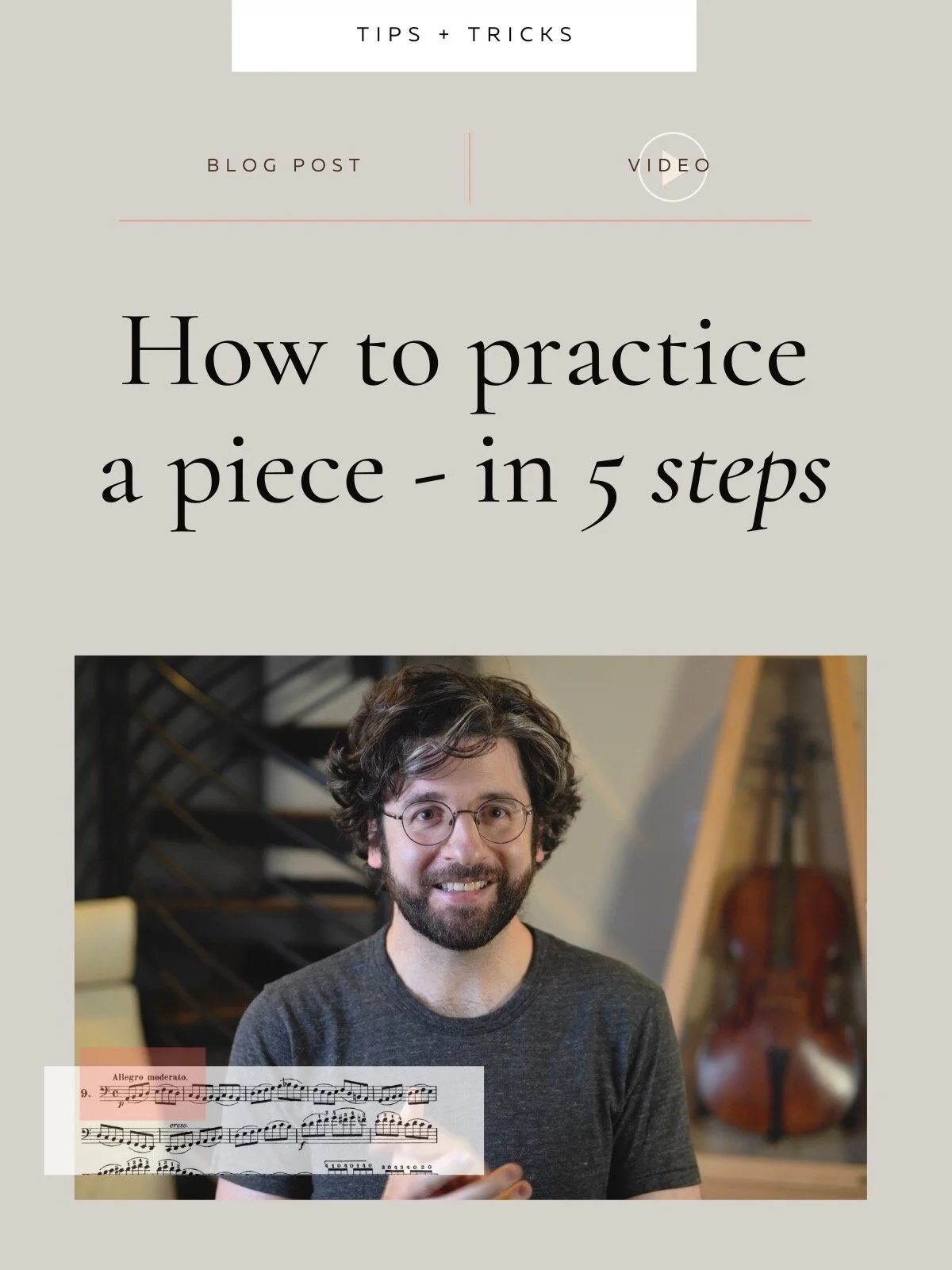Try my 1-day practice challenge! | Adult Cello
With the pandemic in full swing, I admit I have found it difficult at times to maintain an enthusiastic approach to practicing.
No concerts looming in the near future, not a performance deadline in sight.
Gone is that delicious, nerve-wracking understanding that the clock is ticking and that I only have 2 months, 2 weeks, 3 more days, to prepare and perform X.
In an attempt to spice up my own practice, I decided to try something the other day and found it so enjoyable that I wanted to share it with you. So…
I humbly invite you to accept Today’s Practice Challenge, which is to take any one aspect of cello playing that you already do well, something you feel extremely comfortable doing, and spend today seeing if you can make it 5% better.
It can be anything, vibrato on 3rd finger in 4th position, drawing rich open bows on the D string, or creating gorgeous, resonant pizzicato notes, anything.
But the challenge is to improve something you already feel confident doing.
As adults, I think we tend to focus and fixate on improving our weaknesses.
It makes perfect sense of course, but I wanted to try turning things upside down for a change.
So take a break from pushing those giant Sisyphean boulders up the hill as usual, and try enhancing something you already feel good on.
Personally, I’m going to spend today working on bow changes. They aren’t the first thing that comes to mind when I think of my weak spots, but I’m preparing some pieces with long, sinuous melodic lines that stretch over many bow changes and I want to see if I can get closer to that ideal goal where if you close your eyes, you wouldn’t be able to tell when I change bows.
In case you’re not sure what you should work on, I’ll share a little bit of my practice with you and describe what I will be attempting. Maybe you might want to work on it as well.
There are a few ways to accomplish bow changes on the cello; what I’m currently working on is the paintbrush technique, which was made popular in America on cello by the virtuoso cellist and pedagogue, Leonard Rose.
The technique was something he refined and developed fully with Ivan Galamian, who was himself one of the most influential violin teachers of the 20th century.
Essentially, the goal is to prepare the fingers and the right arm in advance so that by the time we have to change the bow, the fingers are finishing the old bow stroke while the arm is already beginning the new one.
This motion, when accomplished effectively, creates a rounded, smooth bow change so that it sounds more like you’re rounding the corner sonically and less like your coming to a brief stop and then changing directions with the bow.
The goal is completely uninterrupted sound even though we have to change directions with the bow.
Since I’m focusing on my bow changes, I’m going to choose one or two excerpts to use that are already so familiar to me that I don’t have to give a single thought to my left hand.
Right now I just need some musical material to use as my own personal laboratory. Today I chose a small run from The Swan by Saint Saens and the first four measures of French Folk Song, a simple tune that can be found in Book One of the Suzuki series.
For a better understanding of the paintbrush technique and a demonstration of the practice technique I just described, please go to 1:47 in the video above.
So, there’s my challenge to you: find a particular aspect of cello playing that you’re essentially already comfortable doing, and see if you can make it 5% better by the end of the day!
It’s a pretty fun challenge and I’ve already seen good results with it.
If you choose to accept Today’s challenge, please leave a message below telling me what exactly you decided to work on, cuz I’d love to know!
If you have any questions about my practice challenge, feel free to email me at billy@adultcello.com.










